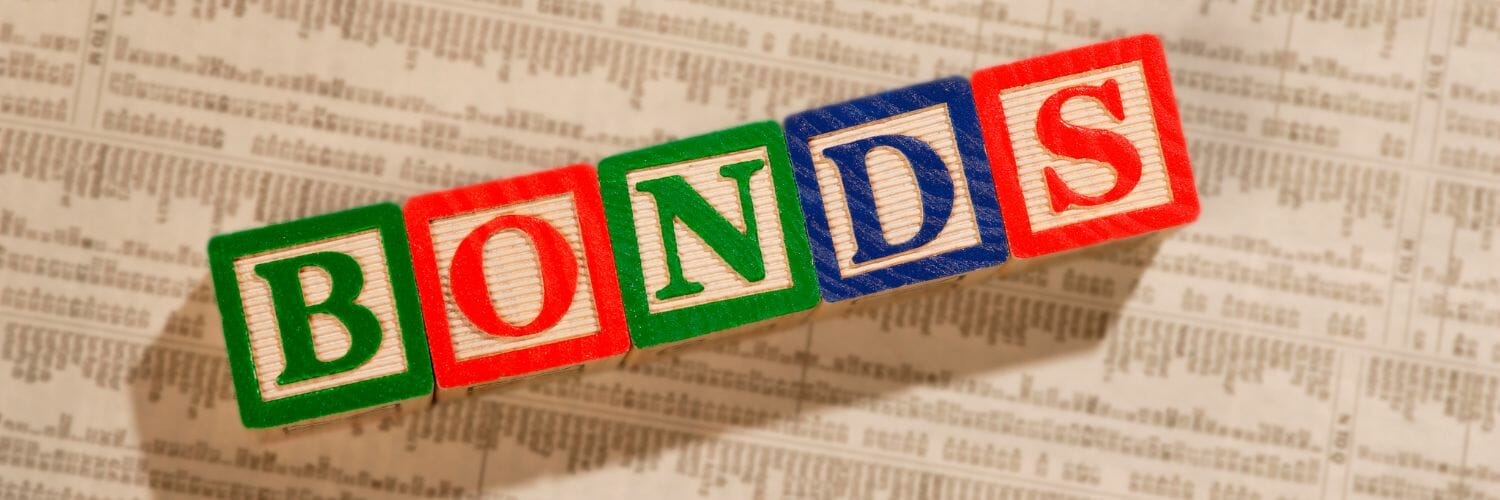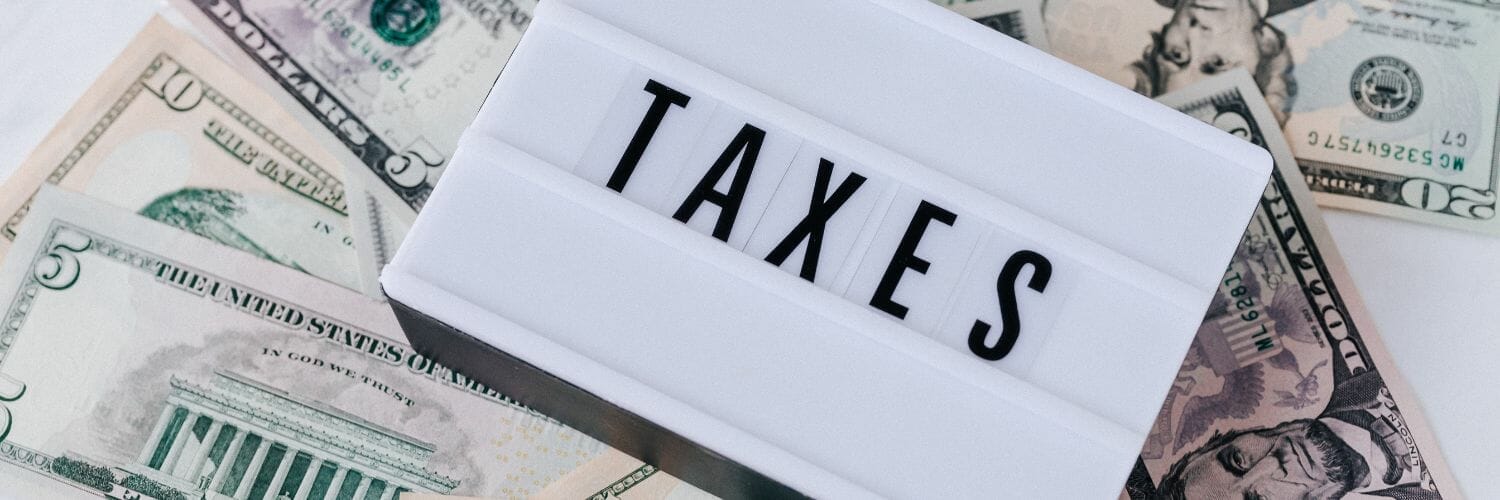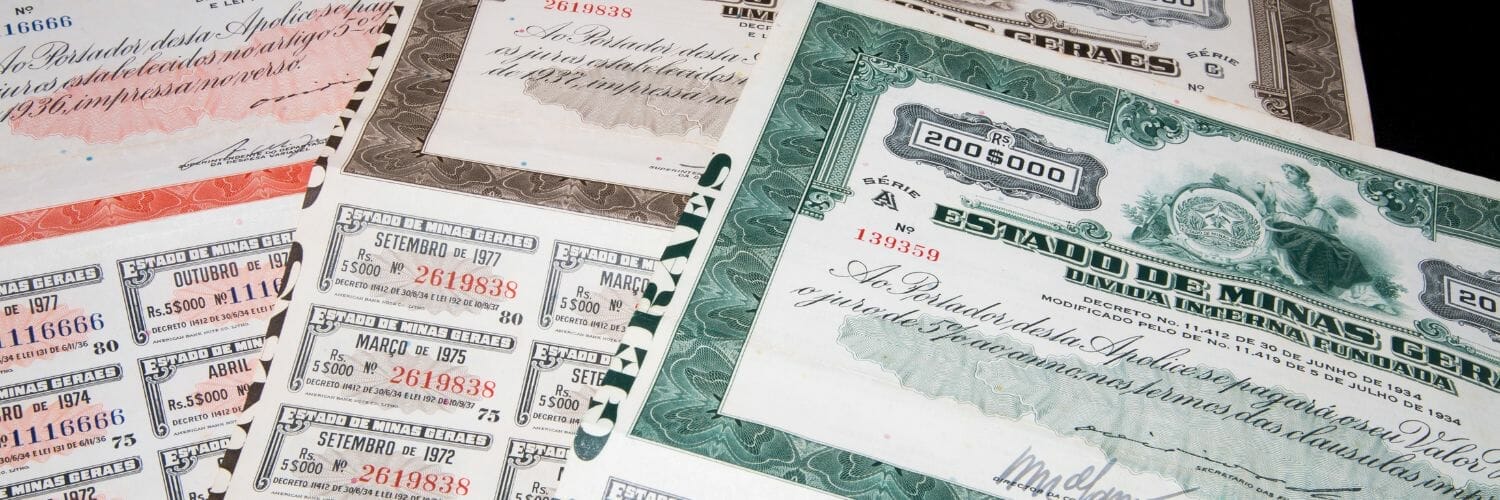“I’m proud to be paying taxes in the United States. The only thing is – I could be just as proud for half the money.”
No one likes to pay taxes; imagine an investment that allows you to legally avoid paying taxes on your returns. Is there such a thing?
Yes, there are, and they are called municipal bonds.
In our continuing series on bonds, this week’s adventure will explore the world of municipal bonds.
Funny fact, but that quote above appeared on the IRS home page at one point! I kid you not; who says they have no sense of humor?
Taxes aside, these bonds can be a great source of income and fantastic investments in their own right. We will discuss in this post the formula to determine whether a tax-free muni would mean greater take-home than a taxable bond.
After all, that is what this is all about, finding the best investment for us all.
In this post, we will learn:
- What Is a Municipal Bond.
- How Do Municipal Bonds Work?
- Taxes, Taxes, Taxes
- How to Calculate a Municipal Bond Return
- Risks
- How to Buy a Muni
What is a Municipal Bond?
According to our friends at Investopedia:
“A municipal bond is a debt security issued by a state, municipality, or county to finance its capital expenditures, including the construction of highways, bridges, or schools. They can be thought of as loans that investors make to local governments. Municipal bonds are exempt from federal taxes and most state and local taxes, making them especially attractive to people in high-income tax brackets.”

These bonds, also known as the moniker “muni,” are what we will refer to them as going forward.
According to SIFMA, the size of the muni bond market was $3.8 trillion as of 2018.
The best feature of the muni is the tax-free component. To illustrate this, say you invested in a 10-year bond for $10,000 that paid 4% interest. Every six months, this muni bond will pay you 4% for the life of the bond, and then at the end of the ten years, they would pay us back the original $10,000.
But, unlike other corporate bonds, the best part is that you would pay zero federal taxes. Whereas the corporate bond, you would be subject to federal taxes, plus any state and local taxes.
The muni is always federal tax-free, and some have state and local tax-free bonuses. If you buy a bond issued by the state you live in, i.e. Illinois, you pay no state or local taxes on that bond.
Let’s look under the hood of munis and see how they work.
How Do Municipal Bonds Work?
Municipal bonds come in several different flavors, two to be exact. They are general obligation and revenue bonds.

General obligation bonds help fund public projects that don’t link to a particular revenue stream, such as taxes. In comparison, revenue bonds use financing for public projects with the potential to make a few bucks to build a tollway or a dam.
General obligation bonds: These bonds raise funds for public projects which improve the communities they serve but do not make money. An example would be a city issuing a muni bond to build a park or improve a school system. The general obligation bonds will never make money, but they will improve the community’s and its citizens’ lives.
Like corporate bonds, general obligation bonds have the backing of the full faith and credit of the issuer, the city, or the state. The promise of repayment means that the city is on the hook for the bond and must move mountains to ensure they pay it back.
This promise usually means general obligation bonds remain a safer investment than revenue bonds. Historically general obligation bonds have a safer track record than their cousin, revenue bonds. When buying these bonds, it is wise, as with all bonds, to investigate the issuing city’s credit rating to make sure it remains a strong investment.
Revenue bonds: Revenue bonds are issued to create projects that can generate profits. Where general obligation bonds have the backing of the full faith and credit of the issuer, revenue bonds remain backed by the revenue streams they create.
For example, a city may issue revenue bonds to build a toll road. The money collected from tolls could help fund the revenue, which could help to pay back its bondholders.
Revenue bonds are easy to create and get funding for, but they also have higher default rates than general obligation bonds, requiring more investigation and research into the issuer’s credit ratings before investing in revenue bonds.
Ok, now that we have an idea of the construction of municipal bonds, let’s discuss one of the possible benefits that they might offer us.
Taxes, Taxes, Taxes
One of the primary attractions of municipal bonds is the tax element. So what exactly is the tax portion, and how does it work? Let’s take a look and find out.

On the basic level, all municipal bonds are free from federal taxes and, in some cases, from taxes on a state and local level. Because of the tax implications of municipal bonds, there is an added implication to do your due diligence regarding the tax effects. For example, if we buy municipal bonds from another state, our home state may tax the interest income from this bond.
Because of their tax benefits, municipal bonds are a particular favorite of high-income earners.
One thing to keep in mind, while the interest income remains tax-free, capital gains offer a different story; like with stock, they remain subject to federal and state taxes.
The capital gains will only remain subject to the gains from the difference in selling price versus the purchase price, not the interest payments. The interest payments are still tax-free, with only the principal as the consideration in the capital gains equation.
Unfortunately, capital losses don’t equate to the municipal bonds tax equation. The IRS does not allow capital losses and treats tax-free instruments differently.
The type of brokerage account we put our municipal bonds in also matters. The benefits of municipal bonds make them the perfect choice for a traditional brokerage account. You don’t want too many munis in your 401k or Roth IRA.
The main reason remains these accounts already offer tax-deferred growth, or tax-free in the case of the Roth. We would waste the tax benefits of the muni by keeping these bonds in an already tax-advantaged account.
Ok, so now we have a better understanding of how taxes and municipal bonds work, let’s get an idea of how they affect our returns and choice of choosing a muni versus a corporate bond.
Or, in other words, does the tax break give us a better return with a muni or with another choice of a bond.
How to Calculate A Municipal Bond Return?
When comparing two bonds to each other, the process remains relatively simple; the bond with the higher yield wins. But with municipal bonds, that process remains slightly more difficult because it is not simply which has the higher yield. We also have to determine our tax-equivalent yield after taxes, or in the case of the muni, no-tax.

Tax-equivalent yield offers us a term we will become familiar with regarding munis. It refers to measuring a taxable bond’s yield versus a tax-exempt bond’s yield and determining what yield would make it equal.
Calculating munis yield compared to regular bonds allows for apples-to-apples comparisons. The comparison helps us determine which yield would better fit our needs.
Typically the yields of a muni remain lower than other bonds, the tax-exempt portion being the strong motivator to invest in a municipal bond. If that yield remains less than a corporate bond, the incentive to invest in a muni continues as a moot point.
For example, let’s say we have a taxable bond that pays 4% interest; your real return will equal less than 4% because we have to pay taxes on those interest payments.
So how do we calculate this tax-equivalent yield?
Tax-equivalent yield = interest rate / (1 – tax rate)
Let’s create an example to see how this can work. Say we are in the 25% tax bracket, and the municipal bond we are looking at has an interest rate of 3.1%. We want to know the rate of return on a municipal bond versus the return on a taxable bond.
Tax-equivalent yield = 0.031 / (1 – 0.25)
Tax-equivalent yield = 0.031 / 0.75
Tax-equivalent yield = 4.13%
The above results mean that we would have to find a taxable bond, CD, or savings account paying at least 4.13% to match the same return you would yield from your 3.1% municipal bond.
The above example assumes we are only discussing federal taxes; if the above muni were also state and local tax-exempt, the rate of return would be even higher.
Let’s take a look at another example, shall we?
To look up municipal bonds, one of the sites that I used to start my investigation is municipalbonds.com; this site offers us a great place to learn more about muni bonds and find ideas to investigate.
Based on a real quick scan for a muni, I came up with this bond:
San Francisco California City and Taxable Sanitary Fransico Redevelopment. CUSIP 79771PU86
The above bond had a coupon of 8.406%, with a maturity date of 8-1-2039, which at the time of writing equals a 20-year bond. The yield on the bond was 3.668%, and we could buy it for a cool $1 million. A little out of my price range but great for our example purposes.
To find an equivalent taxable bond, we will use the above formula.
Tax-equivalent yield = interest rate / (1 – tax rate)
Let’s say we sit in a higher tax bracket of 40% based on our muni’s current yield at 3.668%. We can plug in the numbers to the above formula.
Tax-equivalent yield = 0.03668 / (1 – .4)
Tax-equivalent yield = 0.03668 / 0.6
Tax-equivalent yield = 6.11%
To find a yield equivalent to our muni bond of 3.668%, we need to find a taxable bond, CD, or savings account yielding 6.1%.
As we move higher in the tax bracket, you can see the lower yield we can accept with a muni bond, and there lies the strength of these bonds. Because to find a savings account, CD, or taxable bond that yields 6.1% in the (2020) low interest rate environment would remain quite the challenge.
If our tax rate is in a lower bracket, it would be possible to find equivalent yields to match the muni’s tax benefit.
If running numbers is not your cup of tea, try this calculator to make your life easier.
Risks
As with any investment we consider, we have risks associated with municipal bonds. Muni bonds remain safer than corporate bonds, for example. But they have multiple risks that we must be aware of, even though they might never manifest.

The first risk associated with munis remains interest rate risk:
This risk is inherent with any bond we purchase, and munis are not exempt from this risk.
Interest rate risk would be, for example, say we buy a 10-year bond paying 2.5% interest, and several months later, we discover that the same issuer is now offering the same bond for 3.5%. All of a sudden, the value of our bond would drop because the same muni is available for a better rate. The same bond is losing out on a higher potential return due to the lower interest rate.
Default risk: Although considered safer than corporate bonds, munis do run the risk of default, highlighted by the recent defaults of Detroit in 2013 and, more recently, Puerto Rico.
What causes cities to default on their bonds? Numerous factors could lead to a city defaulting on its bonds. For example, if a project with a revenue source, like a toll, is poorly managed and winds up costing more than projected or is taking longer to complete than expected. Then the city falls behind financially and might struggle to make its payments.
In 2014 former Fed Reserve chairman Paul Volcker co-authored a study, “Final Report of the State Budget Crisis Task Force.” Although a boring title, the findings were a little scary, especially for muni bondholders.
The report found four threats to the muni bond market.
The list from thebalance.com:
- “Contributions to employee pension funds aren’t enough to cover future guaranteed payouts to retirees. Cities have three poor choices. They must raise taxes, reduce spending on other services, or cut benefits.
- The largest expenditure for state budgets is Medicaid. These health costs are rising, which could cut into state revenue-sharing with cities.
- Cities and states are issuing bonds to cover current operating costs.
- They are selling off assets to pay operating expenses.”
As you can see above, cities are running out of funds and cannot support updating infrastructure, schools, roads, etc.
In the future, it will bear further investigation when considering investing in muni bonds.
How to Buy?
Buying munis remain relatively simple; they trade on secondary markets like corporate bonds, which means you can buy them from your financial advisor, bank, or city/state.
The website EMMA offers us a fantastic resource for researching munis, which stands for Electronic Municipal Market Access. The website provides bond type, yield, maturity, and bond ratings. It also allows a deeper dive into credit quality, risk factors, and audited financial statements.
Because munis don’t trade publicly, the same rules apply for corporate bonds, buyer beware. You must research the broker and the prices you pay to ensure you aren’t paying too much.
Munis are rated just like corporate bonds, so the big three of bond ratings are relevant here, Moody’s, S&P, and Fitch. Munis carry the same types of ratings that corporate bonds carry, making the comparisons easier.
The same risks that apply with corporate bonds are relevant here, too, any bond that falls below investment grade carries an increased risk of default, and you should handle it with caution.
Rates for munis will be slightly higher than yields for Treasuries, as they are a slightly higher risk than treasuries. As with corporate bonds, the higher-rated bonds will carry lower yields than lower-rated bonds. But, with higher yields come higher risks, so keep that in mind when considering investing in municipal bonds.
Final Thoughts
Municipal bonds offer us another tool we can use in our investing toolkit. The risk associated with munis remains much less than corporate bonds, but we must consider the risks when making our decisions.
Although they carry less risk than corporate bonds, they also carry less yield than corporates; munis can be a great asset to include in your portfolio.
As we discussed, municipal bonds’ tax implications are a great feature, and calculating your yield versus the yield of any other fixed-income assets is quite simple.
Another benefit of munis that we didn’t discuss; they allow us to invest in our communities and build a better place to live. Munis also allow us to build a secure income stream with lower risk levels.
Munis are not for everyone, so it is critical to investigate each bond and ensure they are a good fit for your portfolio.
As always, thank you for taking the time to read this post, and I hope you found something useful to help you with your investing journey.
If I can be of any further assistance or if you have any questions, please don’t hesitate to reach out.
Take care,
Dave
Post updated: 12/14/2022
Related posts:
- Corporate Bond Trading for Beginners: How to Buy Bonds Online Ben Graham, the father of value investing and the creator of security analysis, was a huge proponent of investing in bonds. His seminal book, The...
- Bond Valuation Overview (With Formulas and Examples) Updated 6/15/2022 “An investment in knowledge pays the best interest.” Benjamin Franklin As investors learn more about our investments, we become better investors. One of...
- Corporate Bond Yield, Yield Curve, and its Impact in Fixed Income “Both from the standpoint of stocks and bonds, an investor wants to go where the growth is.” Bill Gross Considered the undisputed master of bond...
- How Bonds Are Rated – Your In-Depth Guide to Understanding Credit Risk Updated 6/7/2023 Have you ever tried to buy a car or home? If you have, you have gone through having your credit checked, which is...
